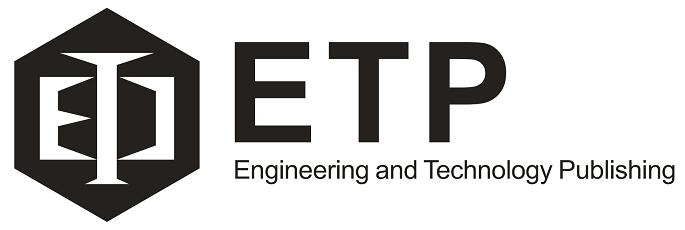State Key Laboratory for Strength and Vibration of Mechanical Structures, Xi’an, China
Shaanxi Key Laboratory of Environment and Control for Flight Vehicle, Xi'an, China
School of Aerospace Engineering, Xi'an Jiaotong University, Xi'an, China
Abstract—For the aerodynamic microbearings in micro-electro-mechanical systems, the gas film thickness is close to or less than the molecular mean free path. The combined effects of gaseous rarefaction and surface roughness on the performance characteristics of gas journal microbearing must be taken into account during the bearing design. The fractal geometry theory is used to characterize the homogeneous surface roughness on bearing surface, and the generalized modified Reynolds equation with different Poiseuille flow rates are derived and solved by using the partial derivative method and relaxation algorithm. The influences of Knudsen number, fractal dimension and bearing parameters on the load-carrying capacity, friction coefficient and attitude angle are investigated in detail. The results show that the Knudsen number has significant impact on the load-carrying capacity and friction coefficient of slip correction models. The roughness effect increases the load carrying capacity and friction coefficient while the corresponding attitude angles are decreased obviously.
Index Terms—aerodynamic microbearings, rarefaction
Cite: Yao Wu, Lihua Yang, and Tengfei Xu, "Combined Effects of Rarefaction and Fractal Roughness on the Performance of Ultra-Thin Gas Film Journal Bearings" International Journal of Mechanical Engineering and Robotics Research, Vol. 9, No. 2, pp. 218-224, February 2020. DOI: 10.18178/ijmerr.9.2.218-224
Copyright © 2020 by the authors. This is an open access article distributed under the Creative Commons Attribution License (
CC BY-NC-ND 4.0), which permits use, distribution and reproduction in any medium, provided that the article is properly cited, the use is non-commercial and no modifications or adaptations are made.



